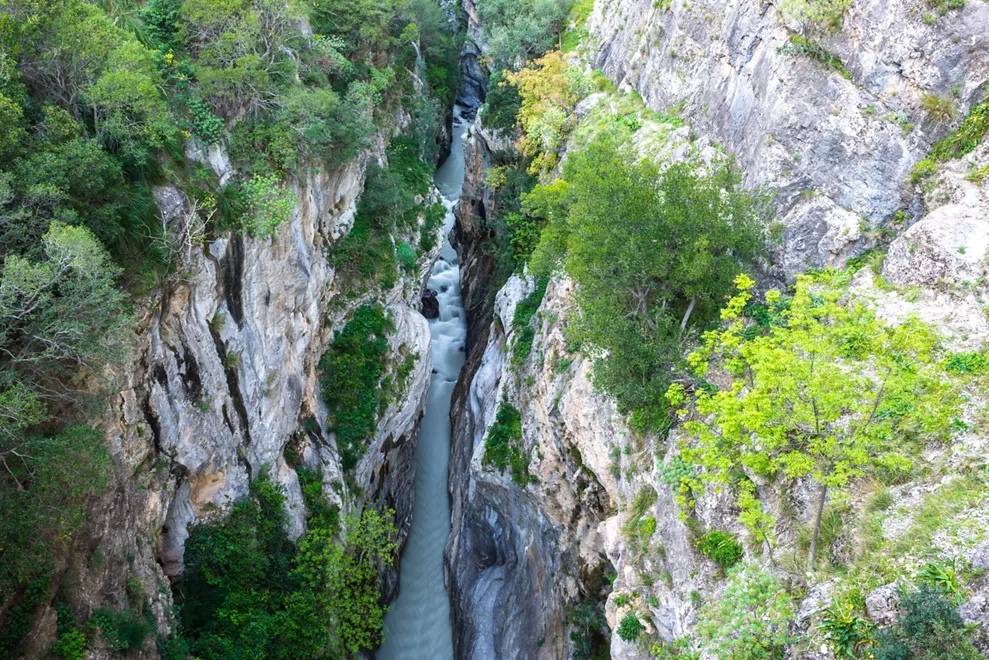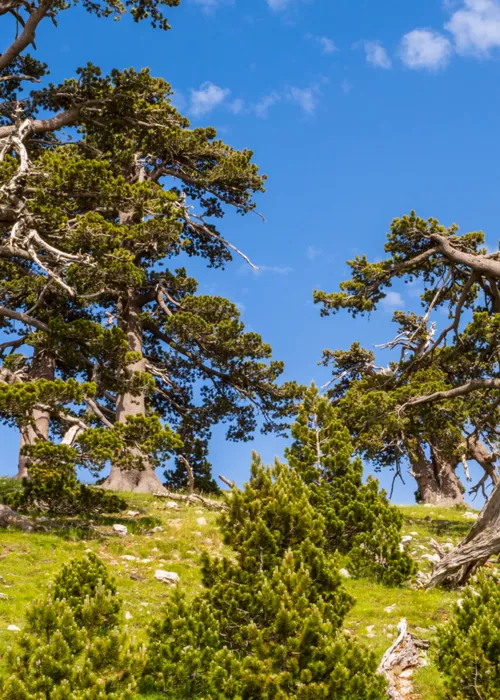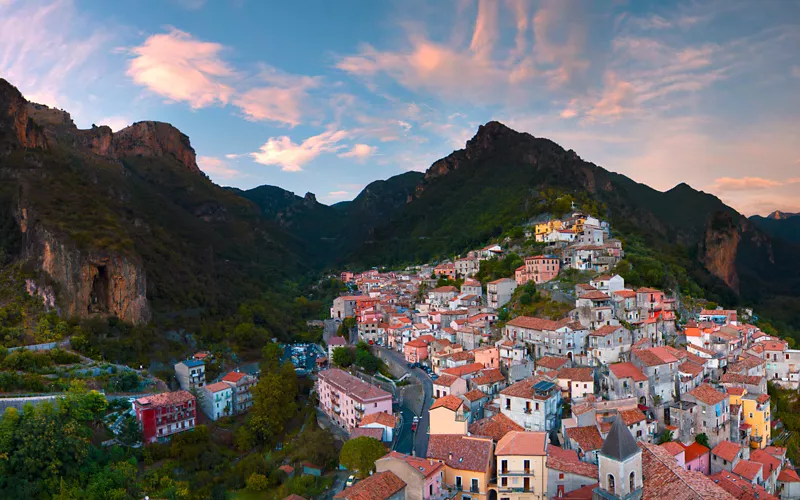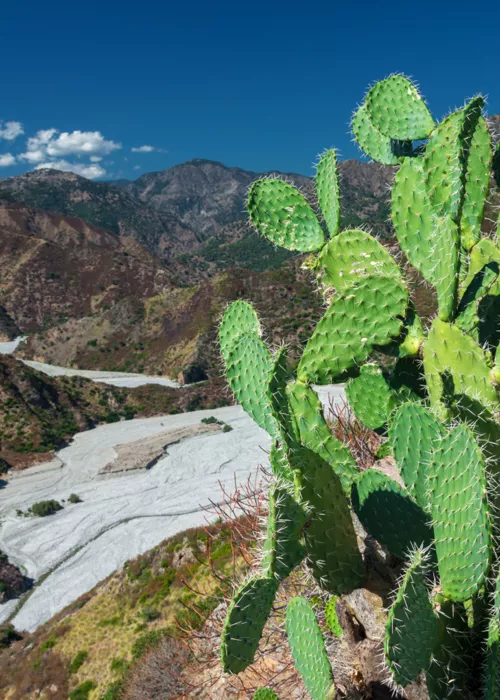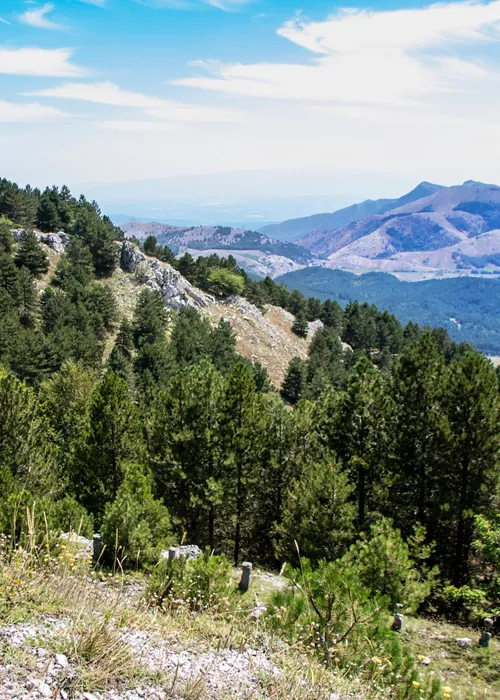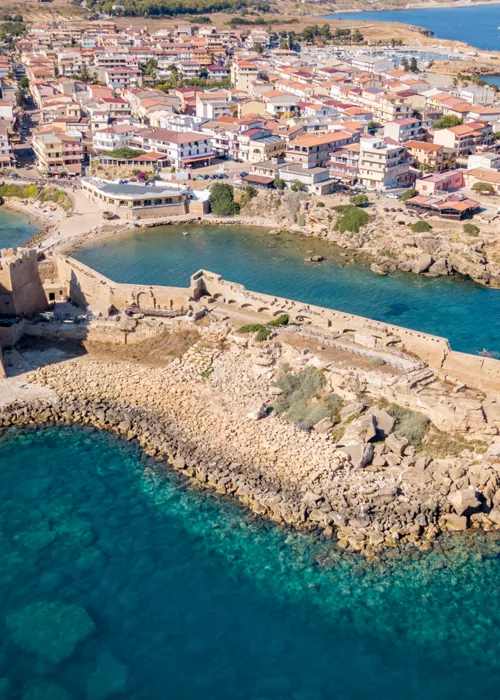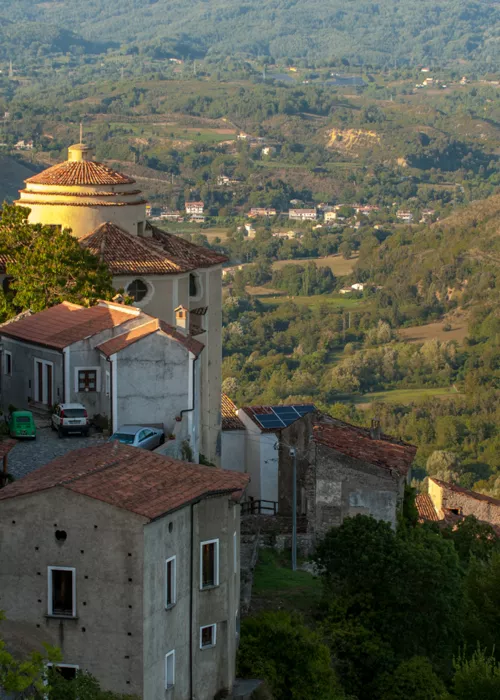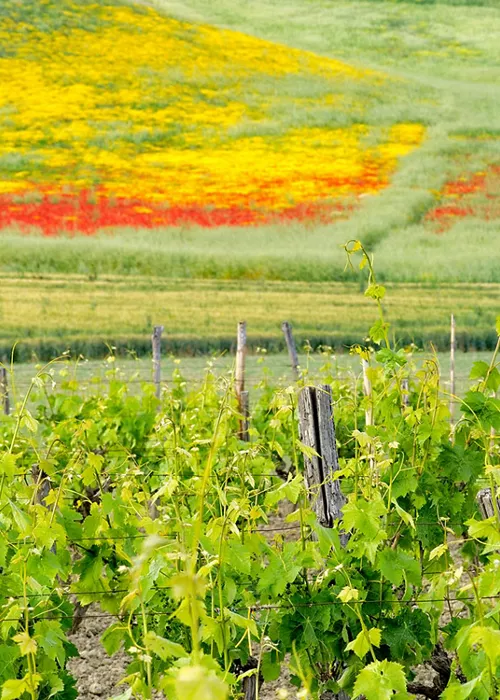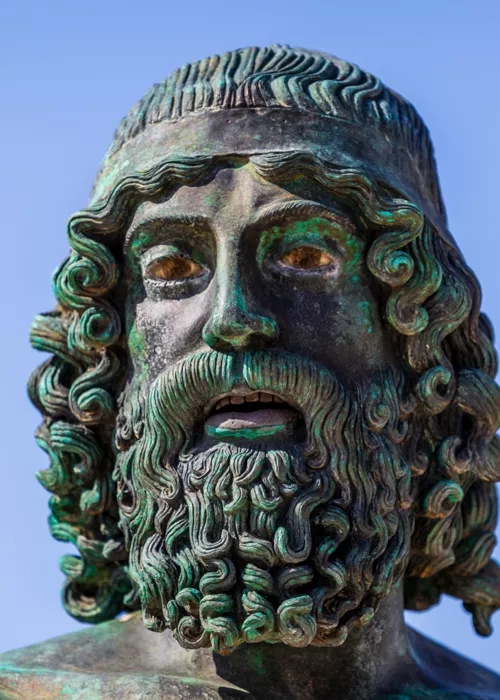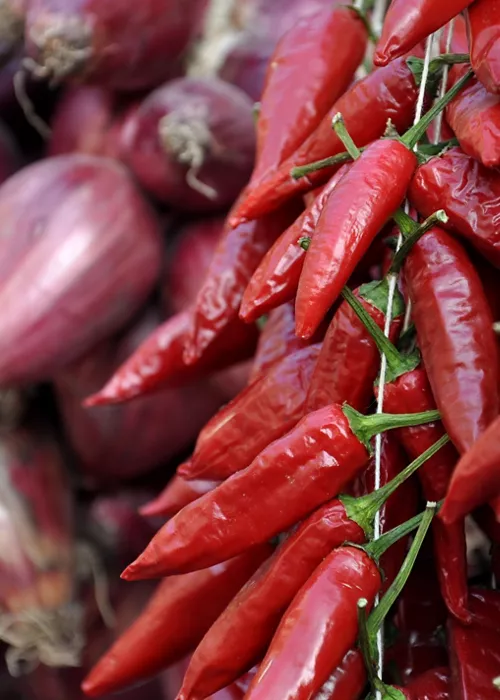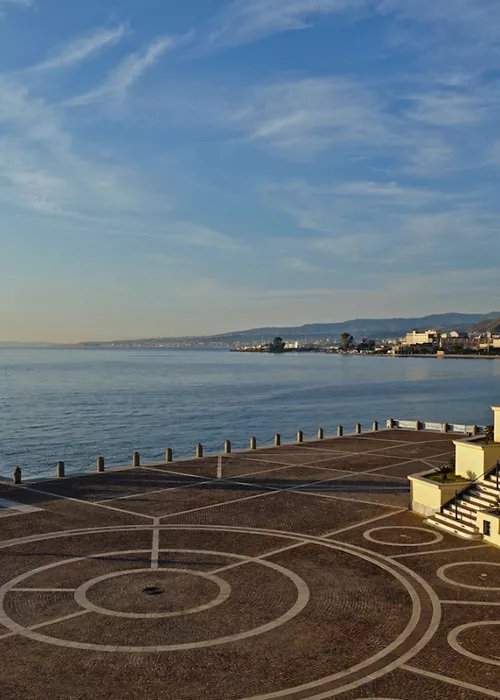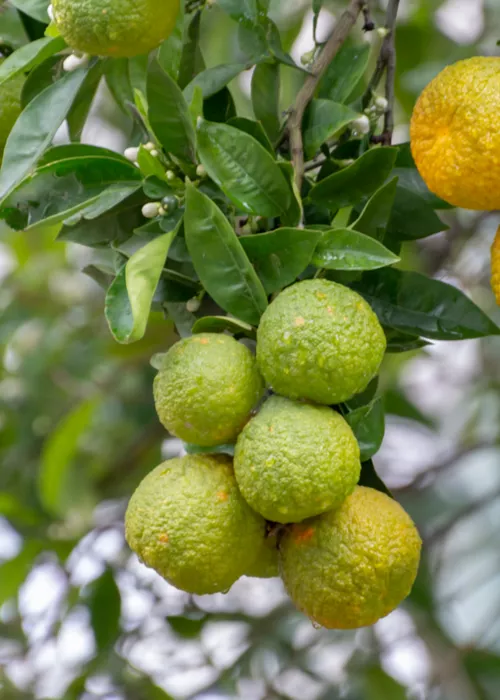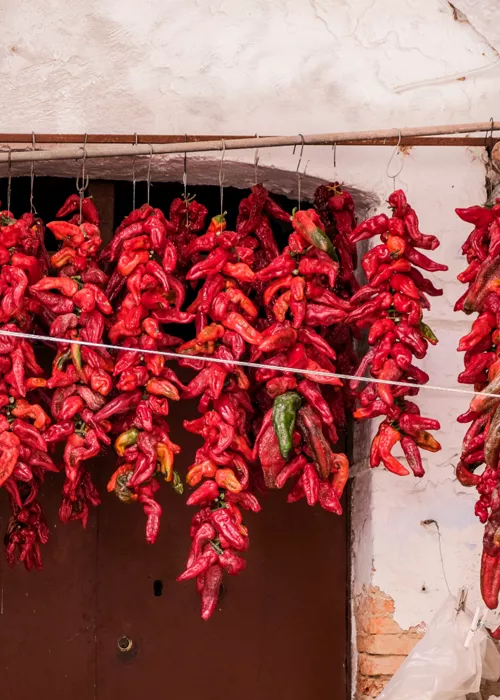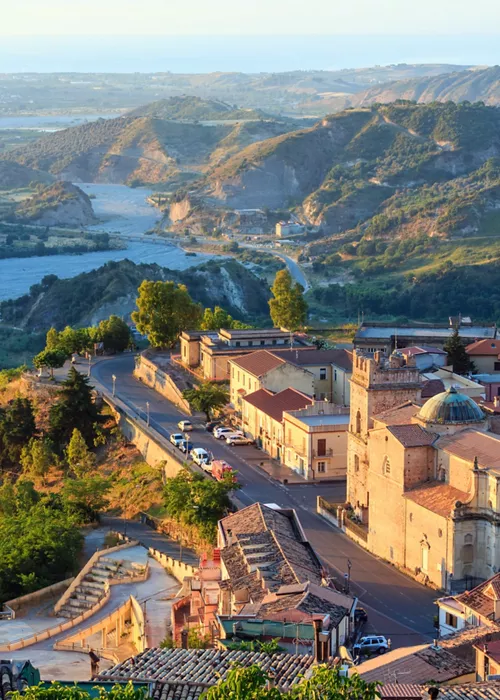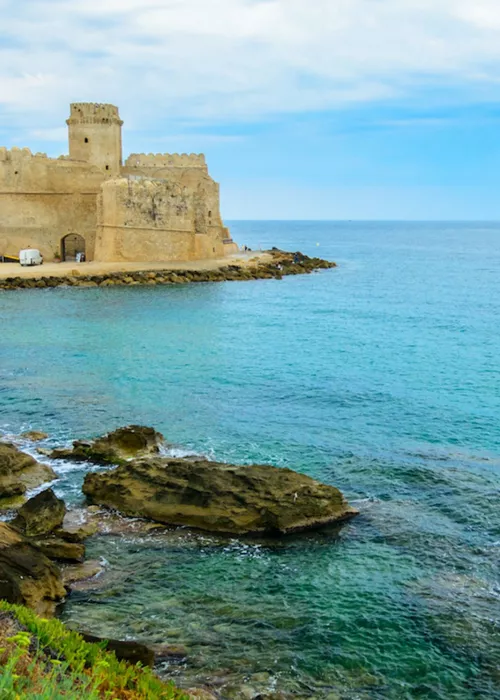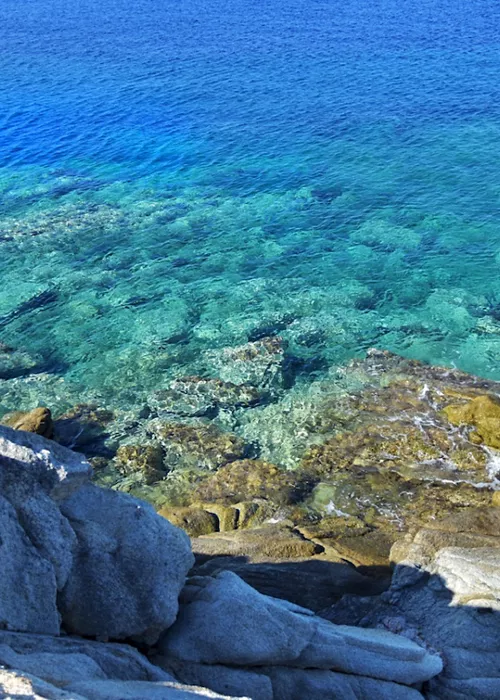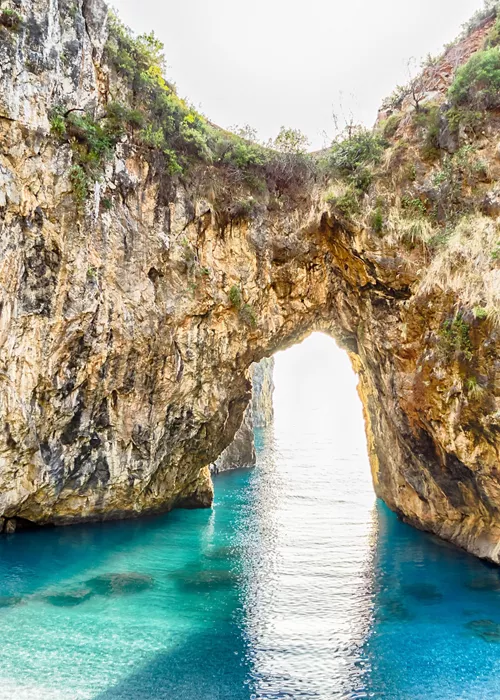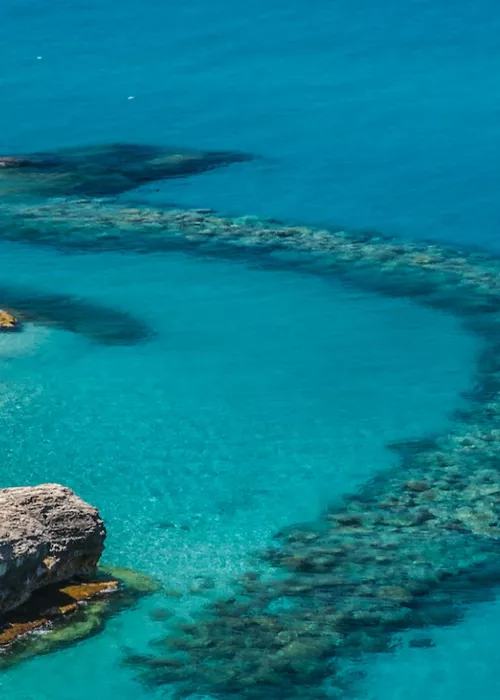Orsomarso: pearl of Calabria nestled between the Apennines and the Tyrrhenian Sea
3 minutes
A small village crossed by the clear waters of the Argentino River, Orsomarso is located on the western spurs of the Calabrian Apennines, within the Pollino National Park and a few kilometres from the Tyrrhenian coast.
The village is named after the mountain range of the same name, the highest peak of which is Cozzo del Pellegrino, which is almost 2,000 metres above sea level.
Set in a protected reserve
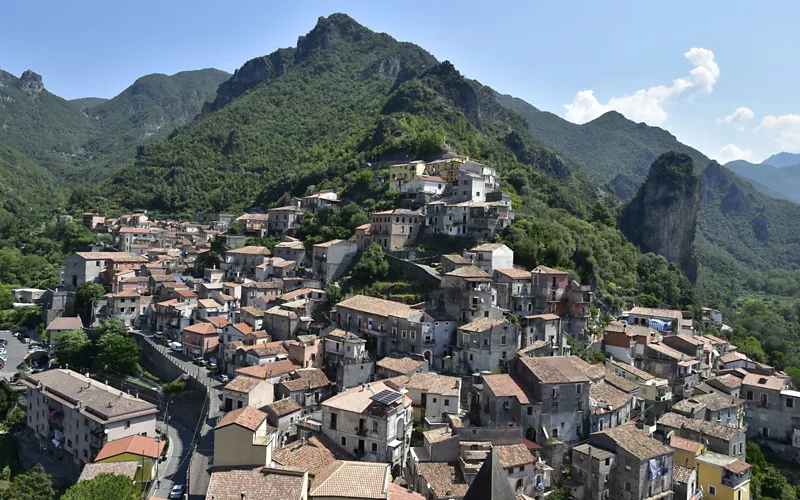
Sheltered by high karst rocks and immersed in Mediterranean maquis forests, Orsomarso is certainly one of the wildest and most fascinating corners of Calabria and the whole of southern Italy.
The beautiful Argentine River Valley has been recognised as a Site of Community Interest by the European Union, and is now a Nature Reserve with numerous caves of karstic origin and exceptional beauty amidst impressive rocky crags alternating with dense Mediterranean scrub.
The valley is also home to the Pino Loricato, the true jewel of the park, and the Apennine wolf, golden eagle, otter, badger, black woodpecker, peregrine falcon, eagle owl and imperial raven are active in its territory. The valley was the most important section of the road that connected the Ionian to the Tyrrhenian coast, mainly the city of Sybaris to Laus. Travelling along the route were not only agricultural products for export, such as wine and oil, but also metals and minerals, such as salt.
It was a military fortress
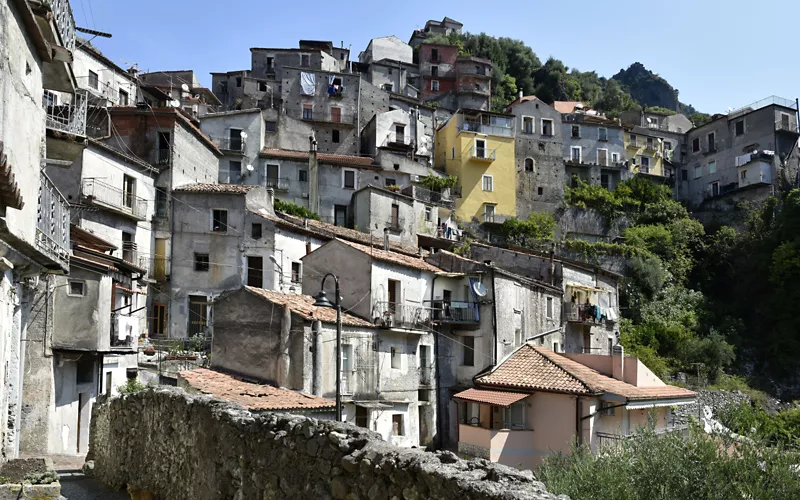
The origins of Orsomarso date back to the Romanesque period, when it existed as a military fortress to defend the Roman settlements located along the Laus river valley. It long remained one of the most important arteries for communication between the Ionian and Tyrrhenian Seas, travelled by merchants and sailors.
The mystical side
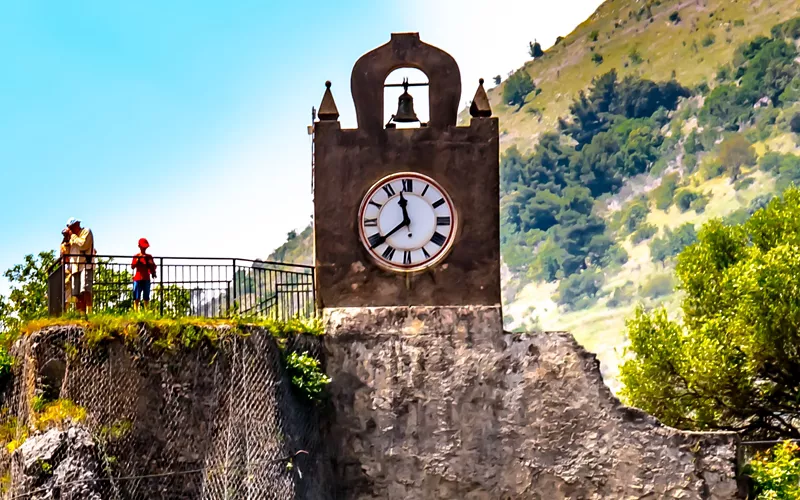
The demographic expansion occurred during the Middle Ages with the arrival of Basilian monks from the East, when Orsomarso became the heart of the Mercurion, one of the major centres of mysticism in southern Italy, as evidenced by the numerous remains of churches dating from that period.
Among these, the best known is the Church of Santa Maria di Mércuri, a rock church located in the locality of Mercure, with a single nave ending in a central apse and, still visible inside, some frescoes and a statuette of the Madonna.
A grotto dedicated to Our Lady of Lourdes
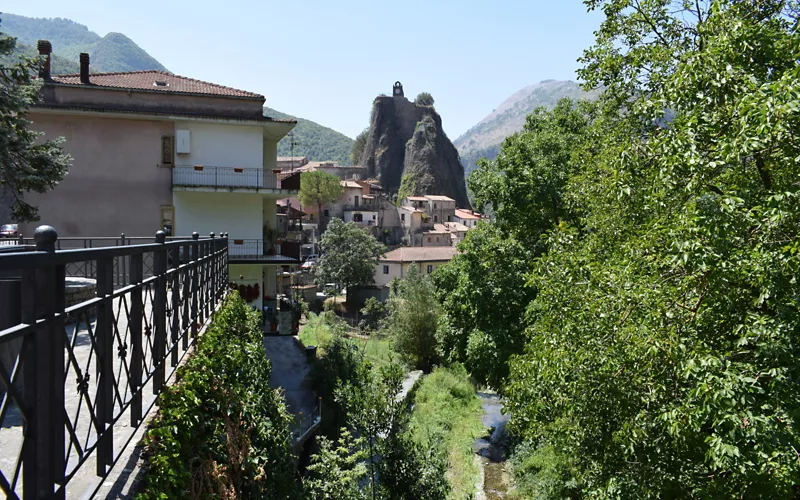
After a short mountain path, we arrive at the Grotto of Our Lady of Lourdes, a natural grotto in which there is a stone statue of Our Lady of Lourdes, about 3 metres high, placed to commemorate the centenary of the Lourdes apparitions. The statue was created by sculptor Plinio Frigo of Vicenza in 1958.
The Church of St John the Baptist, built on the remains of a medieval chapel, was completely rebuilt in 1700 and inside you can admire some 17th- and 18th-century paintings and polychromatic marble altars, while the sacristy houses a precious parchment dating back to 1575.
Of great historical interest is the Torre dell'Orologio, built on the rock where there was a monastery that housed a community of Basilian monks around the 10th century, and which today represents a suggestive vantage point from which to admire the village immersed in the green of the Pollino National Park.
On the narrow, steep stairs leading to the top of the fortress is a sturdy stone and mortar wall that once formed the inside wall of a monastery hall. Continuing upwards, one can admire a number of single-lancet windows that are reminiscent of a Byzantine architectural model.
Of all the places in the Mercurion, this is the one that best preserves the defensive aspect and hints at a vocation for contemplation.
Finally, the Grotto of the Archangel St Michael, located in Simara, was the home of the hermit St Nilus of Rossano and preserves remains of Byzantine frescoes inside.

